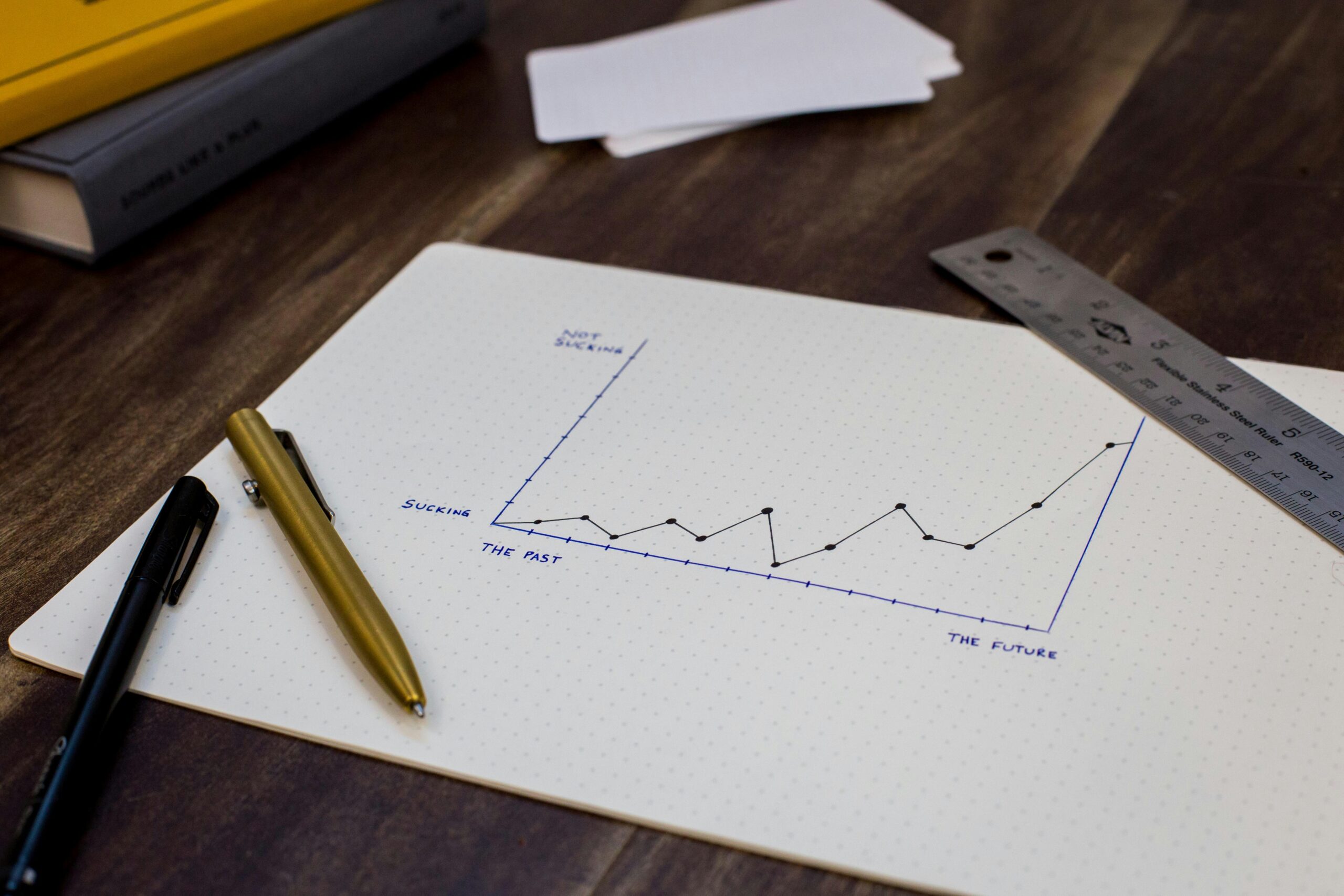In 2022, Microsoft coined the phrase “productivity paranoia” after surveying business leaders and finding that 85% of them were struggling to assess whether employees were truly being productive in hybrid work environments. Three years on, that sense of uncertainty is still prevalent. If anything, it has become even more deeply entrenched in today’s workplace environments.
What becomes clear from this is that the cause of so much uncertainty lies in how organisations define and measure productivity in the hybrid era, not hybrid work itself.
For decades, productivity was largely tied to visibility: showing up at the office, logging hours, and being seen at your desk. But in a world where work happens across time zones, devices and locations, these traditional metrics no longer tell the full story. Clocking in and out, monitoring keystrokes, or counting meeting hours cannot capture the nuances of modern work; it may even cause more confusion.
According to workplace research firm HSM Advisory, there is now an urgent need for leaders to adopt a more human-centric approach to productivity. This means shifting focus from easily measurable (but shallow) indicators to richer, people-focused insights, including energy, engagement, deep work, and collaboration. These are harder to quantify, but they give far more insight into the productivity of those in the workplace.
One key insight from HSM’s research is the contrast between what it means to feel productive versus how productivity is traditionally measured. Employees may report high focus and satisfaction while working from home, but employers can feel doubtful— especially when they lack the hard data to prove it. This mismatch fosters mistrust and undermines the very flexibility that hybrid models should provide.
“The challenge is that commonly used productivity measures capture solid, verifiable outcomes,” notes HSM founder Lynda Gratton. “Our human perspective, on the other hand, is about energy, collaboration, and feelings.”
This highlights the urgent need for a new framework that redefines productivity to reflect how people actually work in today’s blended environments. Instead of measuring how often someone is at their desk, leaders should be asking: Are employees able to engage in deep, focused work? Do they have meaningful opportunities for collaboration? Are they maintaining their well-being and avoiding burnout? These factors, while more nuanced, are far better indicators of true productivity.
For example, companies could track the frequency and quality of collaborative sessions, levels of employee engagement, and feedback on well-being. Metrics might also include how often people are able to work in their preferred environments or the degree of autonomy they feel in managing their work schedules.
AI is proving to be a powerful ally in enabling this transition. With the right tools, organizations can now gather real-time, privacy-respecting data about how employees use office spaces, how teams collaborate, and when people do their best work. This data can be used to identify trends and remove friction points that hinder productivity.
AI-driven workplace analytics provide an even clearer view of in-office productivity. These tools can help HR, IT and facilities leaders to understand which spaces are used most—and when—allowing for less uncertainty and smarter planning. For example, if quiet zones are constantly full while large meeting rooms sit empty, those insights can inform layout redesigns to better match how people want to work.
Similarly, intelligent scheduling platforms can recommend the best days for teams to come into the office based on actual collaboration needs, not just mandates. They can coordinate calendars, so teammates know when others are in the office and whether their preferred spaces to work in are free—avoiding frustratingly empty offices or missed opportunities for in-person connection.
AI-driven hybrid tools can also deliver personalized workplace suggestions. For example, if an employee finds that they work best near natural light or in quiet, low-traffic areas, the system can recommend the best desks or zones on any given day. These tools not only improve individual focus, they can also make the office feel more purposeful.
Crucially, these AI-driven workplace tools enable employees to make the most of their hybrid schedules while giving leaders the confidence that purposeful and productive work is happening, thus reducing uncertainty.
The implications of this on workplace culture are profound. When productivity is redefined around outcomes, collaboration and well-being, instead of presence, trust becomes a clear value of the office. Employees feel more empowered, and employers become better equipped to continue supporting meaningful work.
That’s why HR, IT, and facilities leaders must work together more closely than ever. Hybrid success does not just rely on flexible policies; it depends instead on creating an environment where people have the right tools, spaces, and autonomy to do their best work, with the support of their workplace leaders. This requires aligning digital tools with physical spaces and creating a shared understanding of what “being productive” really means today.
In the end, productivity in the hybrid era is less about managing time and more about measuring and enabling impact. Organizations that invest in smarter, more human-centric productivity systems which take advantage of AI-driven insights will not only see better results, they will also build cultures of trust, autonomy, and resilience.
In this new world of work, the real metric that matters is no longer how many hours were logged, but how much progress was made; how employees felt while doing it; and how well their work environment supported them along the way.







